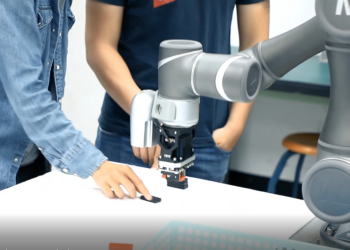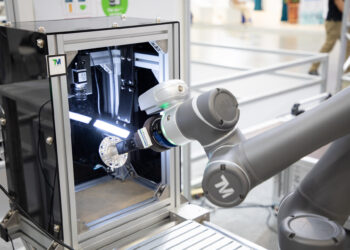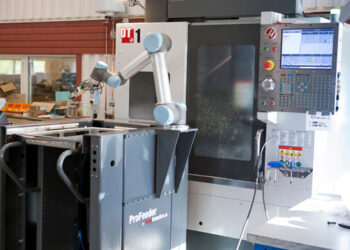Collaborative robots (cobots) are transforming industries by working safely alongside humans, optimizing production, and reducing strain on workers. However, ensuring their safe and compliant implementation requires a thorough understanding of the applicable regulations and safety standards. In this blog, we explore the most important legal requirements for cobots, focusing on the upcoming Machinery Regulation, ISO 10218, and ISO/TS 15066.
The new machinery regulation: what changes?
The Machinery Directive (2006/42/EC) has long been the foundation for machine safety in the EU, ensuring that machinery—including industrial robots and cobots—meets strict health and safety requirements. However, a new Machinery Regulation (EU 2023/1230) will replace the directive, introducing updated rules that better align with modern technologies, including AI-driven automation and collaborative robotics.
Key changes in the new machinery regulation
- From Directive to Regulation: Unlike a directive, which requires national implementation, this regulation applies directly in all EU member states without the need for individual country adaptations.
- Stronger safety requirements for AI & autonomous systems: Machines with AI-based decision-making, including adaptive cobots, must meet higher transparency and risk assessment standards.
- More clarity on manufacturer responsibilities: Companies developing or integrating cobots must follow stricter conformity assessment procedures before bringing products to market.
- Digital documentation: A shift towards digital manuals and compliance documents simplifies machine tracking and certification processes.
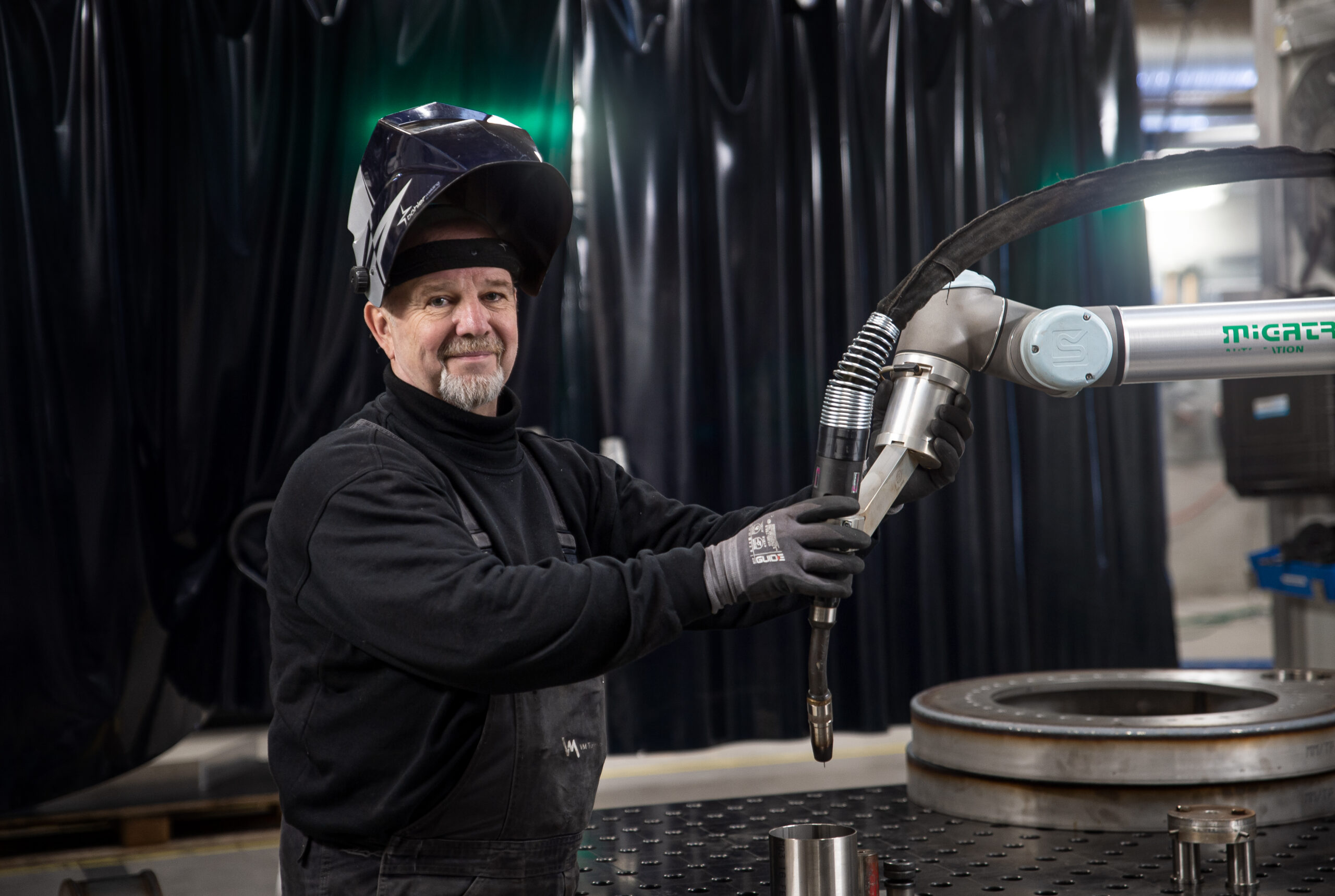
The Machinery Regulation (EU 2023/1230) will fully replace the current directive starting January 20, 2027, meaning businesses must begin preparing for compliance well in advance.
ISO 10218: Safety standards for industrial robots
ISO 10218 is a two-part international safety standard defining the requirements for industrial robots (ISO 10218-1) and robotic systems (ISO 10218-2). While primarily focused on traditional industrial robots, these standards also serve as the foundation for cobot safety.
ISO 10218-1 (Robots)
This standard specifies design requirements for safe operation, including:
- Emergency stop functions
- Protective stops
- Fault detection and safety-rated monitoring
- Speed and force limitations for safer interactions
ISO 10218-2 (Robotic Systems and Integration)
This part extends safety measures to robotic workcells and collaborative applications, ensuring:
- Proper risk assessment and mitigation
- Safe robot-to-human interaction zones
- Correct implementation of safety control systems
ISO/TS 15066: The essential safety standard for cobots
While ISO 10218 is the foundation for robotic safety, ISO/TS 15066 was introduced specifically for collaborative robots. It defines safe human-robot interaction in shared workspaces, ensuring cobots operate without harming their human coworkers.
Key Safety Principles in ISO/TS 15066
Power and Force Limitation:
- Cobots must limit force and speed to prevent injuries during human interaction.
- The standard provides threshold values for acceptable impact forces in case of accidental contact.
Speed and separation monitoring:
- If a cobot does not limit force, it must monitor human presence and adjust its speed accordingly.
- Safety-rated vision systems and sensors help ensure the cobot reacts appropriately to human movement.
Hand-Guided Operation:
- Cobots must allow direct manual control, ensuring workers can easily override automated movements when needed.
Safety-Rated Stopping Mechanisms:
- Cobots must be able to stop safely when a risk is detected through force, contact, or external input.
Why ISO/TS 15066 Matters for Cobot Users
ISO/TS 15066 helps ensure a safe and compliant cobot deployment by guiding system integrators, manufacturers, and operators in proper cobot design, programming, and workspace layout. It ensures that human-robot interaction remains efficient, predictable, and most importantly, safe.
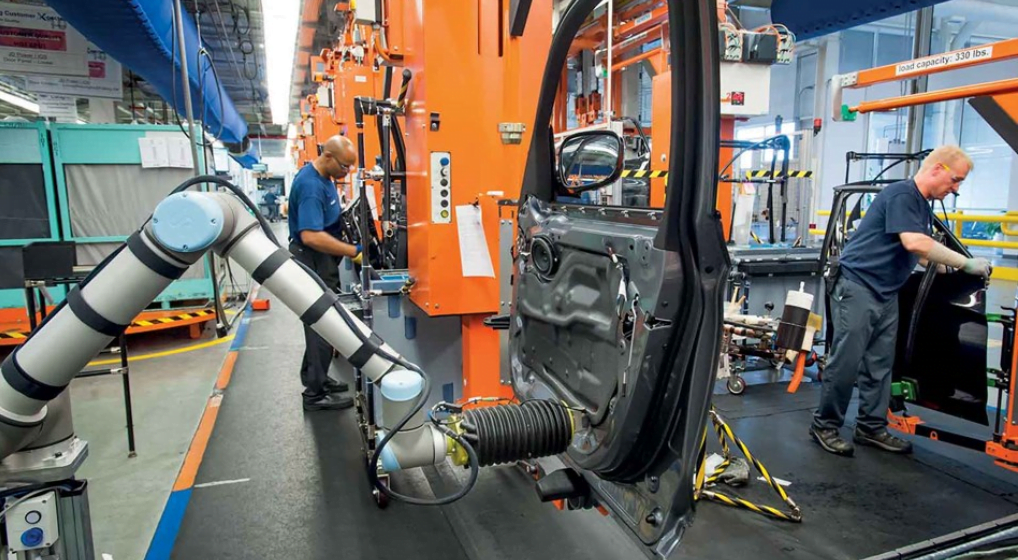
Preparing for compliance: What businesses should do?
To safely and legally integrate cobots into production environments, businesses should:
- Ensure compliance with the new Machinery Regulation (EU 2023/1230) well before 2027.
- Follow ISO 10218-1 and ISO 10218-2 for robot safety and system integration.
- Adopt ISO/TS 15066 standards for collaborative applications.
- Conduct a thorough risk assessment before deploying cobots in shared workspaces.
- Implement safety features such as force-limiting mechanisms, emergency stops, and vision-based monitoring.
- Provide proper employee training on cobot safety and operational guidelines.
Conclusion: future-proofing cobot safety
As cobots become more advanced and widespread, staying ahead of regulatory changes is crucial. With the upcoming Machinery Regulation, ISO 10218, and ISO/TS 15066, businesses have clear guidelines to ensure safe, efficient, and compliant cobot integration. By proactively implementing these standards, companies can maximize the benefits of automation while maintaining a secure workplace for employees.
WiredWorkers is an expert in automation and has already helped several companies implement collaborative robots. Want to learn more about how to integrate cobots safely and efficiently? Contact us or schedule a free cobot consultation!



